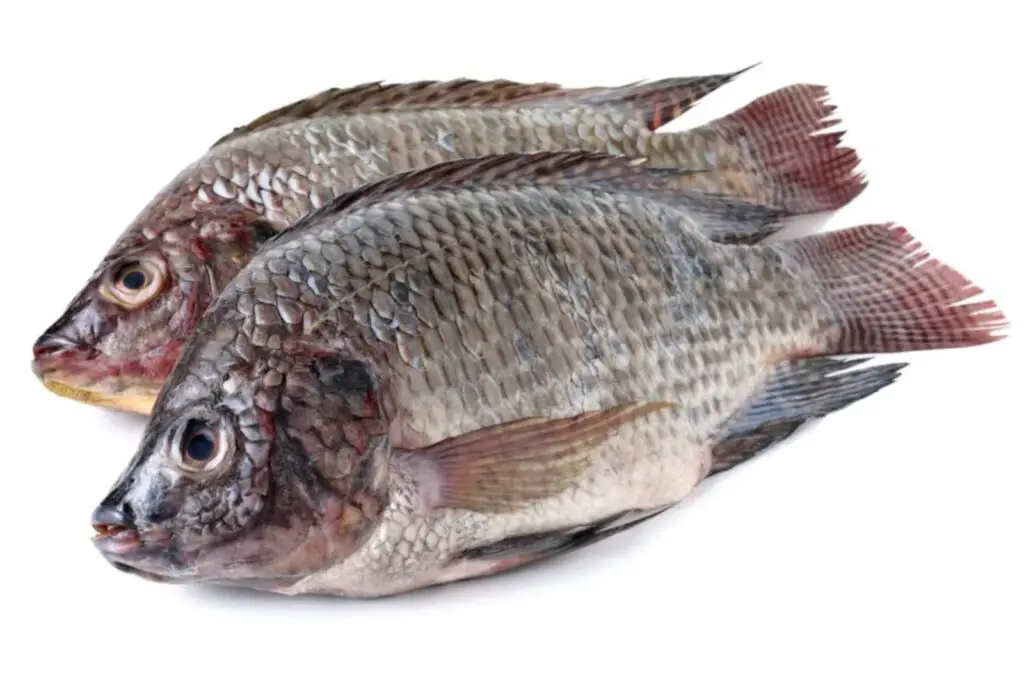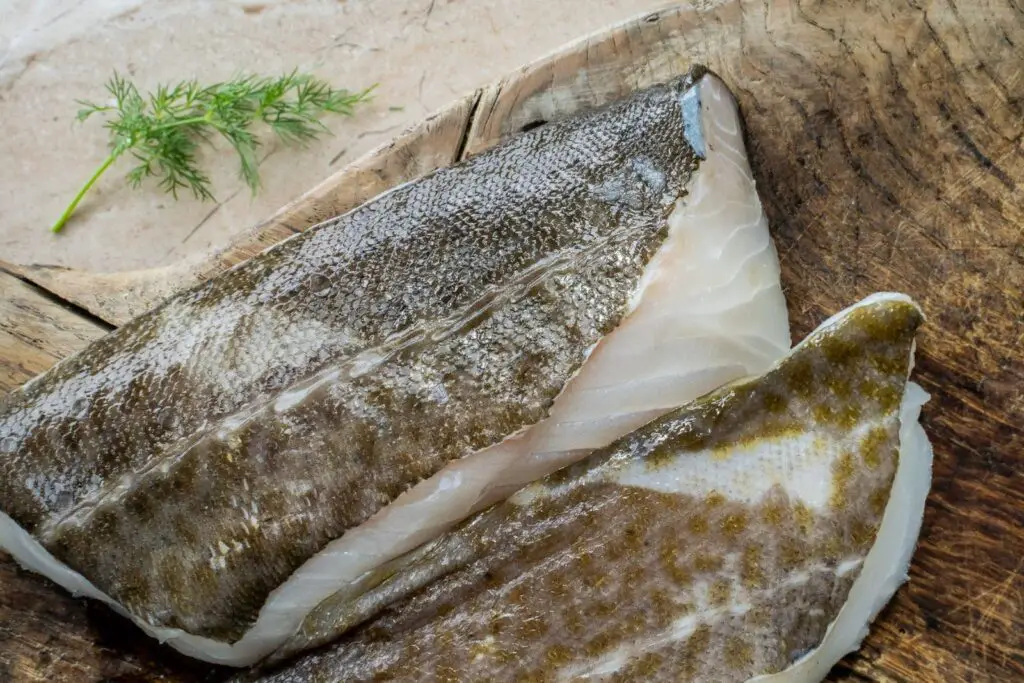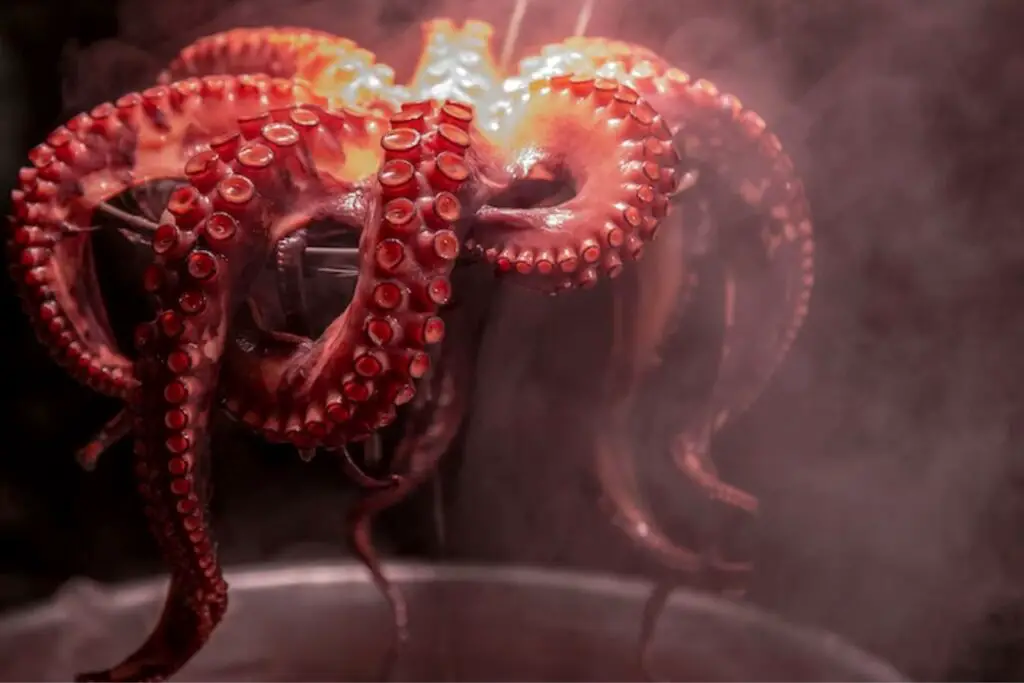
Trout, a freshwater fish renowned for its delicate flavor and tender texture, is a popular choice among anglers and seafood lovers alike. With its silvery skin and vibrant speckles, trout not only offers visual appeal but also delivers a delightful culinary experience. Whether pan-fried, grilled, baked, or used in fish stews, trout lends itself to a variety of cooking methods and pairs well with an array of flavors and seasonings
If you have caught or purchased fresh trout and want to preserve its quality or extend its shelf life, freezing can be an effective way to ensure its availability for future meals. Freezing trout allows you to enjoy the succulent taste of this fish at your convenience, whether as a centerpiece for a special occasion or a quick weeknight dinner. In the following section, we will explore the process of freezing trout and provide tips for maintaining its texture and flavor after thawing.
Here are the steps to freeze trout:
Step 1: Prepare the trout
Properly preparing the trout before freezing is essential to ensure its quality and maintain its flavor. Here’s a detailed explanation of why preparing the trout is an important step:
- Cleaning the trout: Rinse the trout under cold water to remove any impurities, such as dirt, debris, or sliminess that may be present on the fish’s surface. This step helps improve the overall cleanliness and taste of the trout. It is particularly important if you’ve caught the trout yourself or if it hasn’t been properly cleaned before purchase.
- Removing scales: If the trout still has scales, consider removing them to enhance the eating experience. You can use a fish scaler or the backside of a knife to scrape the scales off, starting from the tail towards the head. Removing the scales not only improves the trout’s appearance but also prevents the presence of any unwanted texture when consuming the fish later.
- Eliminating residual blood: During the cleaning process, it’s crucial to ensure that any residual blood is removed. Blood can carry an off-putting taste and affect the quality of the trout. By rinsing the trout thoroughly, you eliminate any potential blood residue, resulting in a cleaner and fresher flavor.
- Drying the trout: After rinsing, pat the trout dry with paper towels or a clean kitchen towel. Removing excess moisture from the surface of the fish is important before freezing. Excess moisture can lead to the formation of ice crystals and contribute to freezer burn, affecting the texture and taste of the trout. Drying the trout helps maintain its quality during freezing and ensures a better eating experience when you later cook or thaw it.
- Gutting and fileting (optional): Depending on your preference and future usage, you can choose to gut and fillet a trout before freezing. Gutting involves removing the internal organs, while fileting refers to removing the fish’s bones and separating them into fillets. Gutting and fileting can make the trout more convenient to use in recipes, as it saves time and effort during meal preparation.
This ensures that the fish retains its natural flavors and textures, providing you with a delicious and enjoyable culinary experience when you decide to cook or consume the trout in the future.
Can I freeze trout with the skin on?
Yes, you can freeze trout with the skin on, but it’s recommended to remove the skin before freezing it. Freezing fish with the skin on can lead to freezer burn, which can affect the texture and flavor of the fish. Removing the skin also makes it easier to properly package the fish for freezing, and to portion it out when it’s time to cook. If you prefer to leave the skin on, make sure to wrap the fish tightly in plastic wrap or aluminum foil, and place it in an airtight freezer-safe container or bag.
Can I freeze the trout whole or do I need to fillet it first?
Trout can be frozen whole or filleted, depending on personal preference. However, it’s generally recommended to fillet the trout first to ensure even freezing and easier packaging. Freezing trout whole can lead to uneven freezing, and the fish may take longer to thaw when it’s time to cook it. Additionally, it can be more difficult to properly package a whole fish for freezing.
Step 2: Wrap the trout securely
Properly wrapping the trout before freezing is crucial to protect it from freezer burn, maintain its freshness, and prevent odor transfer. Here’s a detailed explanation of why securely wrapping the trout is an important step:
- Protection against freezer burn: Freezer burn occurs when the surface of food comes into contact with air, leading to dehydration and the formation of ice crystals. To prevent freezer burn, it’s essential to tightly wrap each trout. Begin by placing the trout on a sheet of plastic wrap and fold the plastic tightly around it. This creates a barrier that limits air exposure and minimizes moisture loss, preserving the trout’s texture, flavor, and overall quality.
- Maintaining freshness: By wrapping the trout securely, you create an environment that helps maintain its freshness during freezing. The plastic wrap acts as a protective layer, preventing the fish’s surface from drying out and becoming tough. It also helps retain the trout’s natural juices, ensuring a moist and flavorful fish when you decide to use it later.
- Double-layered wrapping: To provide an extra layer of protection, wrap the plastic-wrapped trout with a layer of aluminum foil. The aluminum foil acts as a second barrier against air and helps maintain a consistent temperature around the fish. This double-layered wrapping further minimizes the risk of freezer burn and preserves the trout’s quality.
- Odor prevention: Wrapping the trout in both plastic wrap and aluminum foil also helps prevent any potential odor transfer in the freezer. Fish can have a distinct odor that may permeate other foods if not properly sealed. The layers of wrapping create a barrier that reduces the likelihood of odor absorption or contamination, allowing the trout to retain its fresh scent and flavor.
This careful wrapping process ensures that the frozen trout remains in optimal condition, ready to be enjoyed whenever you decide to thaw and cook it.
Step 3: Label and date the package
Labeling and dating the packages of frozen trout is a crucial step in maintaining organization and tracking the freshness of the fish. Here’s a detailed explanation of why labeling and dating are important:
- Easy identification: By labeling each package with the contents (trout), you can easily identify the fish without having to open every package in your freezer. This saves time and prevents unnecessary thawing of multiple packages when you only need one. Clear labeling ensures that you can quickly locate the trout whenever you’re planning to use it, leading to a more efficient cooking process.
- Tracking freshness: Date labeling is essential for tracking the freshness of the frozen trout. It allows you to know exactly when the fish was frozen, helping you adhere to recommended storage times. Fish, including trout, should ideally be consumed within three to six months of freezing for the best quality. By having the date of freezing marked on the package, you can easily monitor the time elapsed and prioritize using the oldest packages first.
- Preventing confusion: Labeling prevents confusion that may arise from multiple packages of frozen trout. It eliminates the need to rely on memory or guesswork about when the fish was frozen. Clear labeling ensures that you have accurate information at your fingertips, making it easier to manage your freezer inventory and minimizing the risk of forgetting about certain packages.
- Using permanent markers or freezer-safe labels: To ensure that the labels remain visible and legible over time, it is important to use permanent markers or freezer-safe labels. Regular markers may fade or smudge due to the cold temperatures in the freezer, making the information on the labels difficult to read. Permanent markers and freezer-safe labels are designed to withstand freezing conditions, ensuring that the contents and date remain clear and visible throughout the storage period.
By labeling and dating the packages of frozen trout, you establish an organized system that allows for easy identification, freshness tracking, and efficient usage of the fish. This simple yet important step ensures that you can enjoy the best quality trout while minimizing waste and maintaining an orderly freezer inventory.
Step 4: Store in the freezer
After wrapping and labeling the trout, proper storage in the freezer is essential to maintain its quality and ensure it stays in optimal condition until you’re ready to use it. Here’s a detailed explanation of how to store the wrapped trout in the freezer:
- Designated storage area: Choose a designated area in your freezer where the trout packages won’t get crushed or disturbed. This helps prevent any damage to the wrapping and maintains the fish’s integrity. Consider placing the trout in a spot where they won’t be stacked underneath heavy items or where they won’t be moved around frequently, ensuring they remain undisturbed.
- Lay packages flat initially: To promote faster freezing, lay the wrapped trout packages flat in a single layer initially. This allows for maximum surface area exposure to the cold air in the freezer, facilitating quicker and more efficient freezing. Freezing the trout promptly helps preserve its texture and quality, minimizing the formation of large ice crystals that could affect its taste and structure.
- Stack packages (once frozen): Once the trout packages are frozen solid, you can stack them to save space in the freezer. Stacking the packages vertically is recommended to utilize the available freezer space efficiently. However, ensure that the packages are securely wrapped and stable to prevent any accidental opening or damage during storage. If needed, you can place a protective barrier, such as sturdy cardboard or freezer-safe dividers, between the stacked packages to maintain their integrity.
- Maintain consistent freezer temperature: It is crucial to maintain a consistent freezer temperature of 0°F (-18°C) or below for optimal storage of the trout. Freezing at this temperature helps to preserve the fish’s quality and prevent bacterial growth. Regularly check and monitor the freezer’s temperature using a thermometer to ensure it remains within the recommended range.
Other related questions
How do you properly thaw trout?
To properly thaw the trout, begin by transferring the frozen trout from the freezer to the refrigerator. Allow it to thaw slowly in the refrigerator for about 24 hours or until completely thawed. Place the trout in a leak-proof bag or container to prevent any potential cross-contamination with other foods in the refrigerator. Once thawed, the trout is ready to be cooked or used in your preferred recipe. Avoid using hot water or microwaving as quick thawing methods, as they can negatively affect the texture and flavor of the fish.
How long can I freeze trout in the freezer?
You can freeze trout in the freezer for up to 3 months while maintaining its quality. Proper packaging is crucial to prevent freezer burn and maintain freshness. Wrap the trout tightly in plastic wrap or place it in a freezer-safe bag, ensuring all air is removed to minimize freezer burn. For longer storage, consider vacuum-sealing the trout to provide an extra layer of protection. Label the package with the date of freezing to keep track of its storage time.
Can I refreeze the trout after it has been previously thawed?
It is generally not recommended to refreeze trout after it has been previously thawed. When you thaw and then refreeze fish, it can lead to a loss of quality and potentially compromise food safety. Each freezing and thawing cycle affects the texture and flavor of the fish, resulting in a less desirable eating experience. To avoid waste, it’s best to plan your portions accordingly and only thaw the amount of trout you intend to use.
How do I know if my frozen trout has gone bad?
To determine if frozen trout has gone bad, look for signs of freezer burn, such as white or grayish discoloration on the surface of the fish. Freezer burn can cause the texture to become dry and leathery. Additionally, check for any off-putting odors. If the trout emits a strong, unpleasant smell, it is likely spoiled. Lastly, if there are any signs of mold or unusual growth on the fish, it should be discarded immediately. When in doubt, it’s better to err on the side of caution and avoid consuming fish that appears questionable or has been stored for an extended period.
Can I use frozen trout with the fresh ones?
Yes, you can use frozen trout alongside fresh ones in your recipes. However, it’s important to consider the differences in texture and moisture content. Frozen trout may have a slightly different texture due to the freezing and thawing process, which can make it slightly softer. It’s also important to note that frozen trout might release more liquid when cooked. To ensure even cooking, you may want to adjust the cooking time accordingly when using a combination of fresh and frozen trout in a dish.
Can I freeze trout that’s been cooked already?
Yes, you can freeze trout that has been cooked already. However, the texture and flavor may not be as good as when it was fresh. It’s recommended to freeze the cooked trout in airtight freezer-safe containers or bags, with any sauces or liquids that it was cooked in. Allow it to cool completely before freezing, and label the package with the date and contents. When it’s time to reheat, it’s best to thaw it in the refrigerator overnight before reheating it in the oven, on the stove, or in the microwave.
Can I freeze trout that has been marinated or seasoned?
Yes, you can freeze trout that has been marinated or seasoned. However, it’s recommended to freeze it in its marinade or seasoning, as this can help to enhance the flavor of the fish. Make sure to properly package the fish with its marinade or seasoning in an airtight freezer-safe container or bag. It’s also important to label the package with the date and contents before freezing it. When it’s time to cook, simply thaw the trout in the refrigerator overnight before preparing it as desired.








